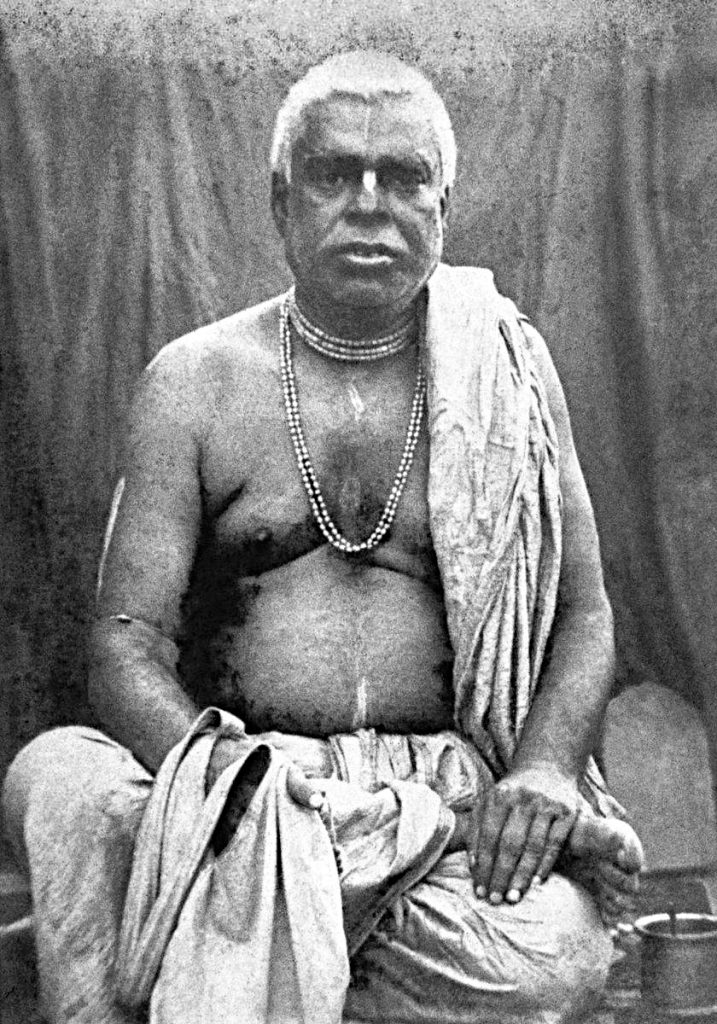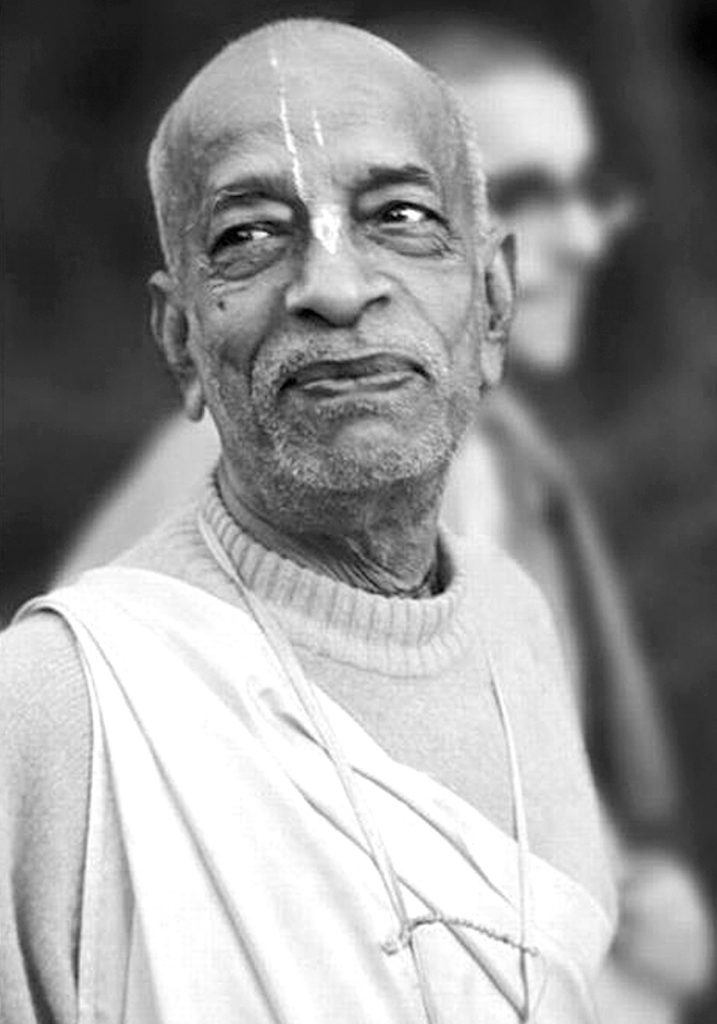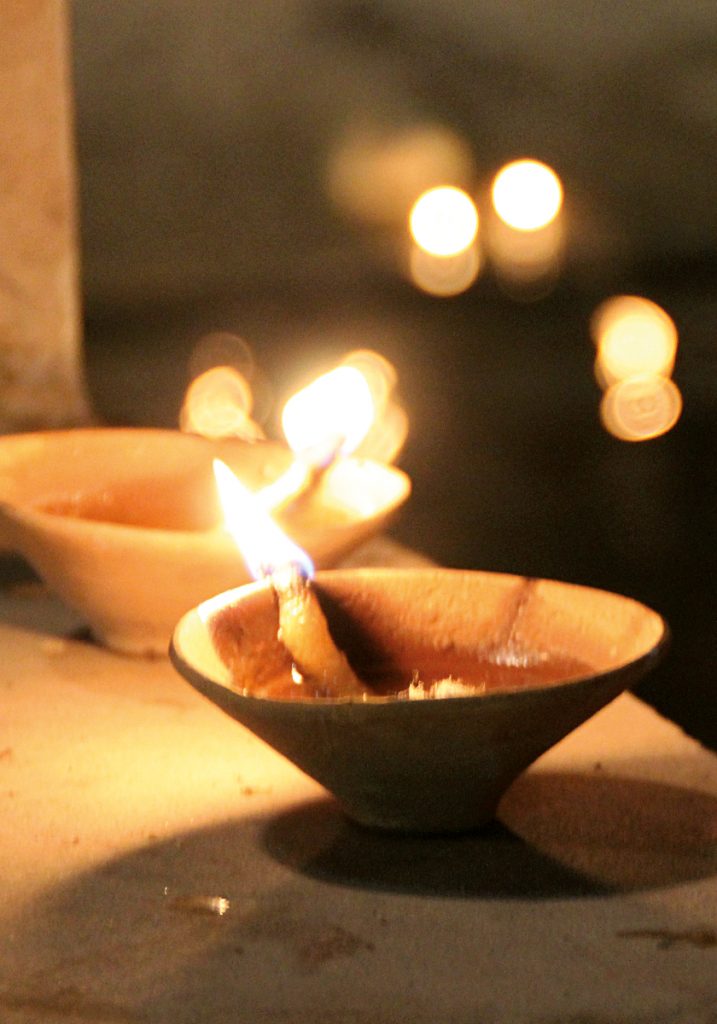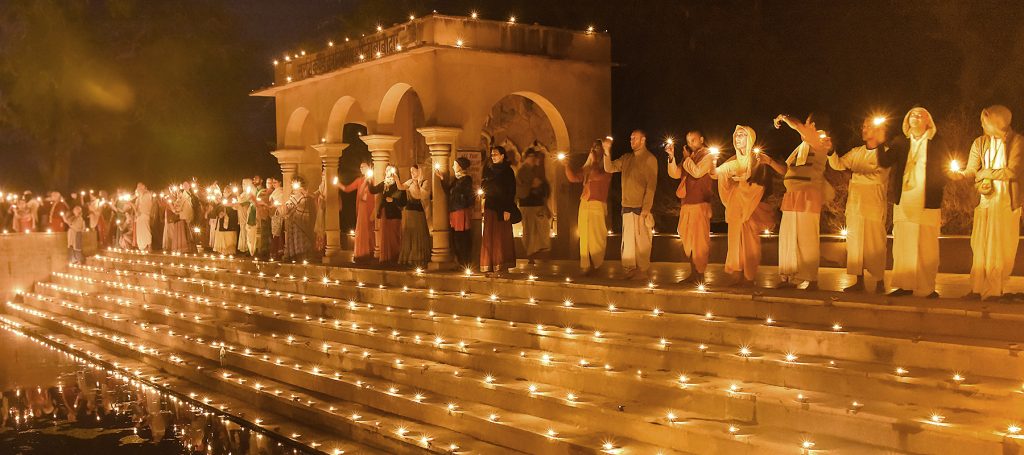“Bhakti is primarily an inner journey. It takes us to the inner heart and into the constant presence of God—here and now. In this way, bhakti takes us beyond space and time right into the spiritual reality.”
The Yoga of Divine Love
Simply said, bhakti is divine love that expresses itself in a variety of blissful ways leading one to divine union (yoga).
Bhakti is natural—we all have some relationship to it. Let me explain:
Once there was an accomplished saint. One morning, when he came out of deep meditation he was asked, “What are the needs of everyone, that when satisfied leave no further needs unfulfilled?” He immediately answered. “To love and be loved! Someone who experiences these two has no further desire or need.”
How true!
In bhakti, this loving propensity is realized to the highest degree because it is exchanged in relationship with the greatest entity—God. And once bhakti starts to rise in the heart it emanates to all beings, unconditionally. The unity between the soul and God that the bhakti practitioner experiences spills over and fosters a deep connection with all creation and the beings within it. Any trace of separateness is overcome, and what prevails is bliss, ecstasy.
In one way we are never separated—we are part of God, eternally—just as eternal sparks of fire are always fire. But in another way we are, due to our forgetfulness, dreaming numbly throughout our material lives. Bhakti is the way to wake up to the bliss of that relationship. Thus, waking up is the journey.
Rumi said it nicely:
“Lovers don’t finally meet somewhere. They were in each other all along.”
Bhakti has two forms: as a practice and as a feeling (devotion). Bhakti is a way to connect the soul with God in an ecstasy-filled relationship. An ancient text informs us that, “Bhakti dances, the soul dances and the Lord dances—all three dance together, eternally!”
Bhakti as Practice
There are innumerable bhakti practices through which we can express our devotion to Krishna. Out of all of them, five are exceptionally potent:
- inspiring association (sadhu sanga)
- chanting and meditating on the mantra or names of Krishna
- reading and relishing ancient wisdom texts like the Bhagavad-gita and Bhagavata Purana
- visiting or living in the sacred places of Krishna’s pastimes
- worshiping the deity in meditative ceremonies
Out of these five principal practices, chanting the divine names of Krishna ranks supreme.
Krishna once declared,
“I dwell not in the spiritual kingdom, nor in the hearts of yogis.
It is where my devotees are chanting, there, o Narada, do I stand.”
Padma Purana
Bhakti as a Feeling or Experience
Bhakti is divine love that lies dormant within the hearts of all living beings. It is the highest pleasure that we all are seeking. Once a teacher was asked, “What is the experience of bhakti like?” He answered, “When you are in bhakti, you are overwhelmed with divine love.”
When divine, spiritual love is relished, control is surrendered, both on the part of the practitioner and on the part of the beloved. Such love—wide, expanding, divine love—is the need of the soul. As such, bhakti transcends the limits of its reflection in this world.
An ancient text sheds light on this concept:
“Bhakti brings one to the Lord.
Bhakti reveals the Lord.
Bhakti brings the Lord into one’s presence.
Bhakti is stronger than the all-powerful Lord.”
In the bhakti tradition, God is seen as all-pervading, all-conscious divinity—present everywhere and beyond everything. He is inside the heart, as Paramatma or Supersoul, who accompanies the soul everywhere and in all lives. Ultimately, he is realized as the beautiful, all-loving supreme being, dancing and playing a flute, among other things. As he relishes loving relationships, he is known as Krishna (the all-attractive one, the form of pure existence and bliss), Govinda (the one who satisfies all the senses), Rama (the source of unlimited enjoyment), etc…
“The light of a candle does not ask the cave, ‘How long were you in darkness? And to what extent?’ Without needing an answer, it lights up the whole place in less than an instant. That’s how strong the light of divine love, bhakti, is. A single ray is sufficient to light up even the oldest and most pervasive darkness in the heart, and then one can see everything: self, eternity, bliss and God!”
HH Sacinandana Swami
The spiritual development of a person is always a very personal matter. On this journey we we realize our highest potential that, in a seed-like form, is waiting to be awakened.
This journey is joyfully performed, as it takes us through several exciting stages of spiritual growth: first, an initial determination to committed practice (which often comes about by inspiring spiritual association), then developing our inherent good qualities, attaining pure knowledge and detachment, obtaining spiritual relish for the sacred dimension, and eventually plunging our true self into ever-increasing levels of divine love and sentiments.
It is important to remember the following: whereas the journey depicts certain general stations of increased awareness and deepfelt happiness, it is unique to each of us as an individual practitioner.
From the historic perspective, the wisdom traditions of India have expressed and provided the teachings of bhakti in sacred texts, ceremonies, instructions for practice, drama, music, theatre, and more, even before the Western calendar started. Then, starting early in the 20th century, those teachings made their way West, fulfilling the prophecies of the great bhakti master Bhaktivinoda Thakura. Devotees across the world raised their voices in glorification (sacred chanting) and together sang the names of Hari.
The most powerful presence of bhakti in the West was established in the sixties, when a 70-year-old monk arrived on American shores and started to sing the names of Krishna under an elm tree in New York City. His name was A.C. Bhaktivedanta Swami Prabhupada, and he was member of the bhakti lineage that goes back to ancient times. From these humble beginnings temples, farm communities, schools, and even publishing houses came into being.
Sacinandana Swami, one of Srila Prabhupada’s disciples, tries to make his teacher’s wisdom and tradition widely available and accessible, focusing on the main process of chanting.
However, bhakti has never been the property of one tradition. One Christian monk expressed it so poignantly: “All the mystics speak in the same language. It must be that they come from the same country.” The great spiritual teachers—both in the East and the West—have known it along: bhakti is universal.

Bhaktivinoda Thakura (1838 – 1914)

A.C. Bhaktivedanta Swami Prabhupada (1896 – 1977)

